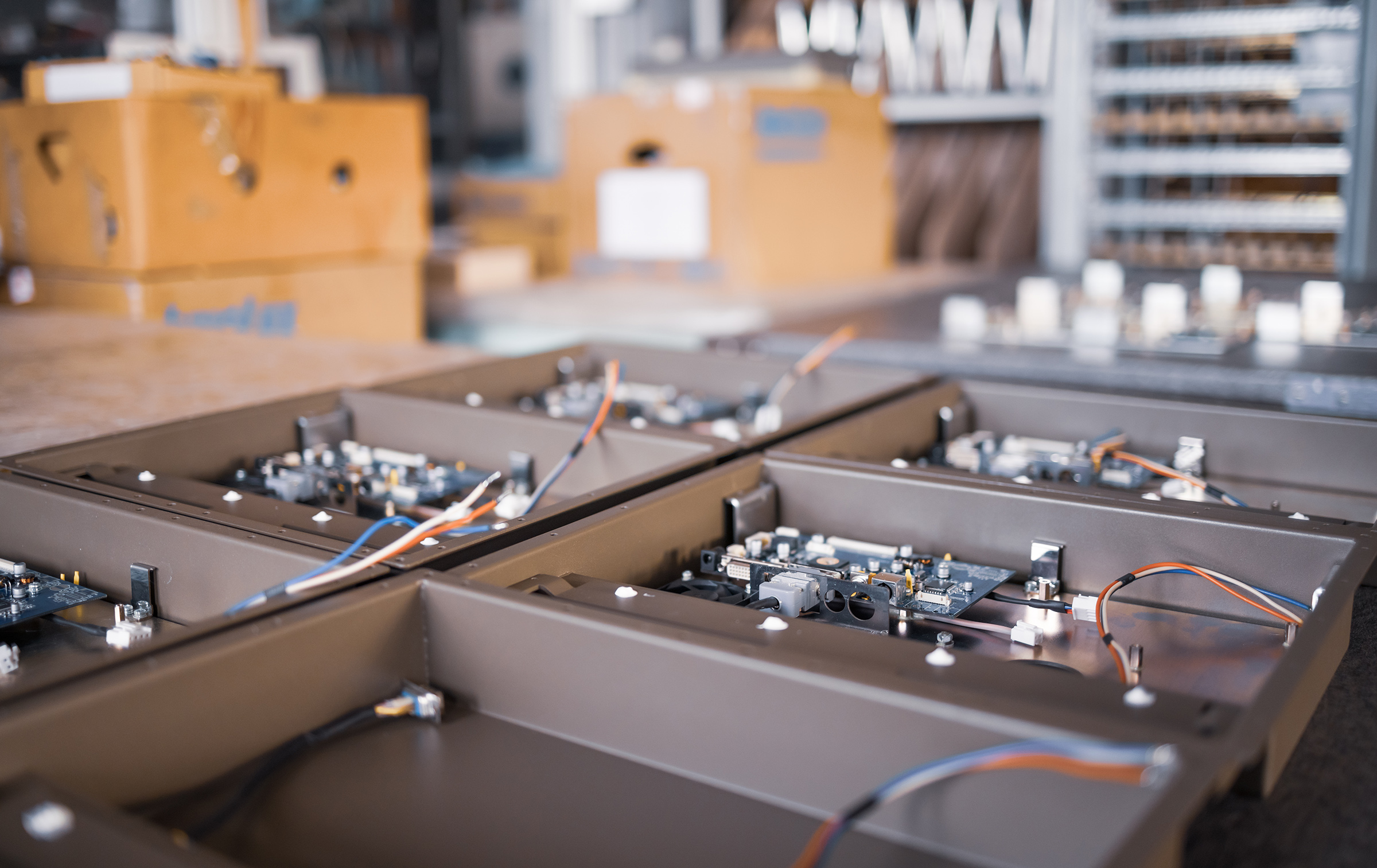
The future of battery recycling is poised for explosive growth as lithium-ion (Li-ion) battery waste surges with EV adoption. By 2045, recycling could handle millions of tons annually, driven by regulatory mandates and tech innovations. Battery recycling trends 2025 include AI integration, direct methods, and LFP focus, shaping ev battery recycling future for sustainability and resource security.
Market Growth and Key Drivers
The Li-ion battery recycling market is forecast to reach $23.9 billion by 2030 and $98.42 billion by 2034, with a CAGR of 20.6%. This growth stems from rising EoL batteries—over 3 million tons by 2045—and policies like EU targets for 95% recovery. Asia-Pacific dominates with 50% share, but North America and Europe grow fastest due to incentives. Investments in facilities like ECOBAT's expand capacity, addressing supply chain vulnerabilities.
Resource scarcity pushes recycling to supply 20% lithium by 2030. Regulations enforce EPR, battery passports for traceability. The EV sector drives 70% market, with recycling supplying 15% cobalt/nickel by 2025. Closed-loops with OEMs like Tesla integrate recycling into production. Second-life for grid storage absorbs 75% spent EVs, delaying recycling. LFP dominance requires graphite/iron recovery tech. Domestic hubs reduce imports, enhancing security. By 2040, recycled materials meet 30% demand.
Technological Advancements and Innovations
Direct recycling will rise, preserving structures for 95% recovery with low energy. Innovations like DES solvometallurgy and microbes offer eco-friendly alternatives to hydrometallurgy. Capacity expansions target LFP and graphite, with new methods recovering 99% purity. Hybrid tech combines pyrometallurgy/hydrometallurgy for mixed chemistries, optimizing efficiency.
Supercritical fluids and plasma enable carbon-negative processes. Bioleaching scales for industrial use, reducing emissions by 80%. AI optimizes sorting via spectroscopy, improving yields by 30%. ML predicts battery health for second-life, extending use. Blockchain ensures traceability, complying with passports. Digital twins simulate processes, cutting costs 20%. Robotics dismantle safely, handling 100x faster. IoT monitors facilities for real-time adjustments.
Nano-membranes purify leachates, recycling water. Quantum computing optimizes routes. Modular plants deploy quickly, suiting remote areas. VC funding hits $1B annually, targeting startups like Ascend Elements.
Regulatory Shifts and Regional Trends
US IRA tax credits boost investments. EU mandates 16% recycled content by 2031, driving innovation. Global standards harmonize, with China leading capacity at 66% recovery rate. Policies align with SDGs, targeting net-zero by 2050 through low-carbon recycling.
North America: $5B by 2030, led by Li-Cycle/Redwood expansions. Europe: Strict regs drive 25% CAGR, with Umicore scaling. Asia: China dominates, India emerges with 30% growth. Collaborations foster tech transfer, balancing supply.
Challenges and Economic Implications
Collection rates below 60% hinder supply. Varying chemistries complicate processes. High costs for startups require subsidies. Safety risks from thermal runaway demand advanced protocols. Public-private partnerships expand infrastructure. R&D focuses on universal methods.
Recycling creates 100,000 jobs by 2030. Cost parity with mining by 2025 makes it profitable. Circular models save $1T globally, reducing raw material prices. Cuts GHGs 80%, conserves water 85% vs. mining.
Conclusion
The future of battery recycling promises a sustainable ev battery recycling future, with battery recycling trends 2025 emphasizing tech and policy. By 2045, it could transform waste into resources, supporting green energy transitions.

.jpg)
.png)
.png)
.svg)